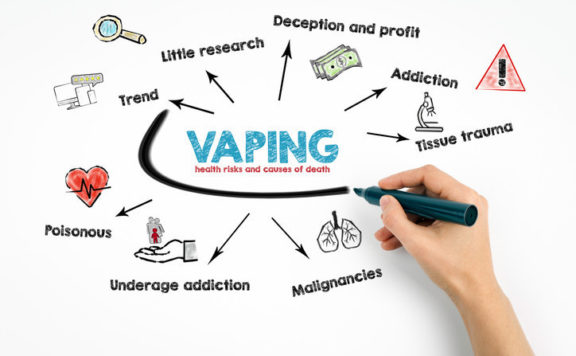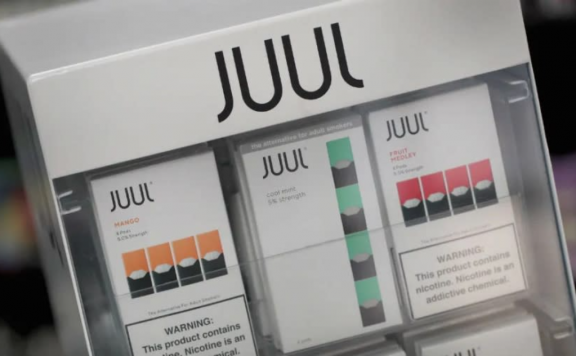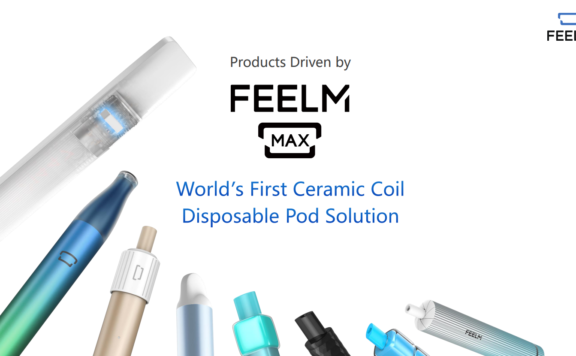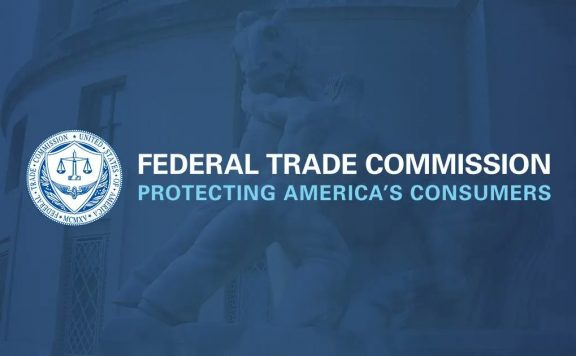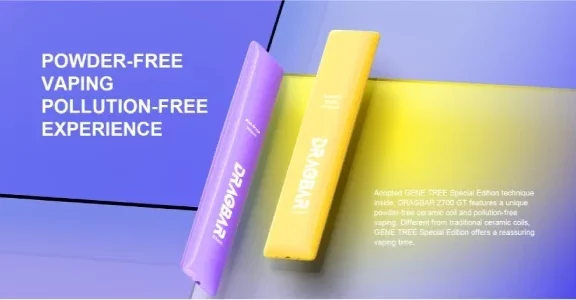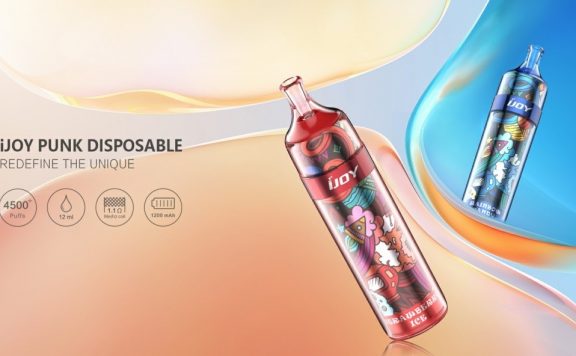Canada’s regulatory framework for the production and sale of vaping goods is becoming stricter. According to Robert Kreklewetz, an indirect vape tax, customs, and trade attorney at Millar Kreklewetz LLP, the amendments effectively result in the federal government treating vaping items in the same manner as tobacco products for taxes purposes.
Producers and importers must have a license or registration with the Canada Revenue Agency as of Ocober 1 in order to produce their goods, label them with an excise stamp for vaping, and charge an excise duty. A transition period from October 1 to December 31 will be followed by the sale of exclusively stamped vaping items in retail establishments. Under the federal budget for 2022, revisions were made to the Excise Act of 2001 and its implementing rules.
Federal excise taxes on a 20-pack of cigarettes are $2.91, but taxes on two milliliters of vaping liquid, which is “essentially similar,” are $1. He continues by saying that this also applies to liquids without nicotine.
According to Kreklewetz, “the government was a little slow to respond and slow to act when vaping initially came out, much like any new technology.” It was somewhat of a wild west circumstance in terms of how they were governed from a product standpoint and how they were handled from a taxation perspective. There would have been no additional taxes, besides perhaps our federal value-added tax, which would have applied to any other commodities. But there were no additional excise taxes, and there was certainly no substitute for the tobacco system for vapes. Now, everything has changed.
The Tobacco and Vaping Products Act and the Food and Drugs Act in Canada both regulate vaping products, setting limits on nicotine concentration and establishing guidelines for packaging and labeling.
Given that vaping is a less harmful alternative to smoking, attaching excise taxes—also known as “sin taxes”—on vaping will reduce the incentive for smoking enthusiasts to switch, according to Kreklewetz.
Propylene glycol and vegetable glycerin, the two major liquids in vaping devices, have been linked to health hazards, but Health Canada says that these risks are still not completely understood. Vegetable glycerine and propylene glycol have been found to be safe in sweeteners and cosmetics, but their long-term intake is “unknown and continues to be assessed.” Similar to how flavoring agents used in e-juice are frequently employed by food producers, their effects on human health when inhaled have not been studied.
Obviously, nicotine has a strong addictive potential. According to Health Canada, nicotine addiction in kids and teenagers can “impact memory and focus,” “change teen cognitive development,” “decrease impulsive behavior,” and lead to cognitive and behavioral issues.
Although stopping smoking is the best alternative for smokers, Health Canada notes that transitioning to vaping will “lower your exposure to hazardous chemicals” and “entail short-term health advantages” as well as “cancer-causing substances.” According to Health Canada’s resources “Vaping and quitting smoking,” vaping devices only include a “fraction of the 7,000 chemicals contained in tobacco smoke,” and some research indicates that using vaping to give up smoking is associated with higher success rates.
Every dollar you tax vaping is simply a financial deterrent to quitting smoking, according to Kreklewetz, who views vapes as a tool to wean current users off of cigarettes and onto an alternative nicotine intake method. “Why would I switch to vaping if it costs me the same as smoking?”
That, he claims, is the murky reasoning behind the new taxing scheme. The federal government is out of new revenue sources given the way it is currently operating. Therefore, one would consider the vaping taxes to be more of a tax grab than wise government action.


